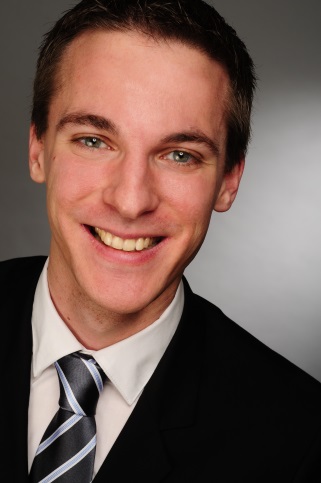Specialized iNANO Lecture: Biological Nanobots
Dr. Philipp Schattling, iNANO, Aarhus University
Info about event
Time
Location
iNANO auditorium (1593-012), Gustav Wieds Vej 14, 8000 Aarhus C

Dr. Philipp Schattling, iNANO, Aarhus University
Biological Nanobots
Deliberate transport of matter on a microscale often relies on random diffusion and the statistical accumulation of the cargo at the target position. One and by far the most prominent example is the delivery of drugs. Given orally or by injection, the drug travels passively through the body and eventually it enriches at the site of infection. As a consequence doses higher than necessary have to be administered, which may eventuate side effects. To challenge this issue, researchers equipped particles with nanometersized engines on particles. Based on the combustion of specific fuel molecules, these particles are able to autonomously navigate through fluids to a desired location in an attempt to counteract cell/tissue defects either by releasing drugs or performing surgical tasks, with velocities outperforming Brownian motion multiple times.
Despite the tremendous achievements and growing interested in the field of nanomachines, one pressing challenge still remains: the search for and utilization of biocompatible fuels and their combustion products.
Addressing this keypoint, we designed biocompatible double-fueled submicrometer sized Janus-architectures with remote control. We chose enzymatic moieties as engines and showed enhanced diffusion properties of the assemblies upon exposure to the corresponding fuel molecules. Further, we present the first biohybrid motor based on the enzyme glucose oxidase and platinum nanoparticles and a novel protein-driven motor powered by trypsin. We demonstrate that both engines were operating using bioavailable and completely harmless fuel molecules, featuring enhanced diffusion properties. Based on their orthogonal enzymatic activity, we were able to combine both engines on one swimmer and showed for the very first time, how particles employ two different engines, using two different fuels. That is, enhanced diffusion properties were maintained even when the supply of one fuel species was disrupted. We demonstrate that the swimmer exhibited a synergistic enhancement on their diffusion properties upon powering-up both engines simultaneously. We also show that the incorporation of magnetic particles allows for the swimmer to be controlled remotely by applying an external magnetic field, yielding in directional motion of the double-fueled particles.
Host: Associate Professor Brigitte Städler, iNANO and Department of Molecular Biology and Genetics, Aarhus University
